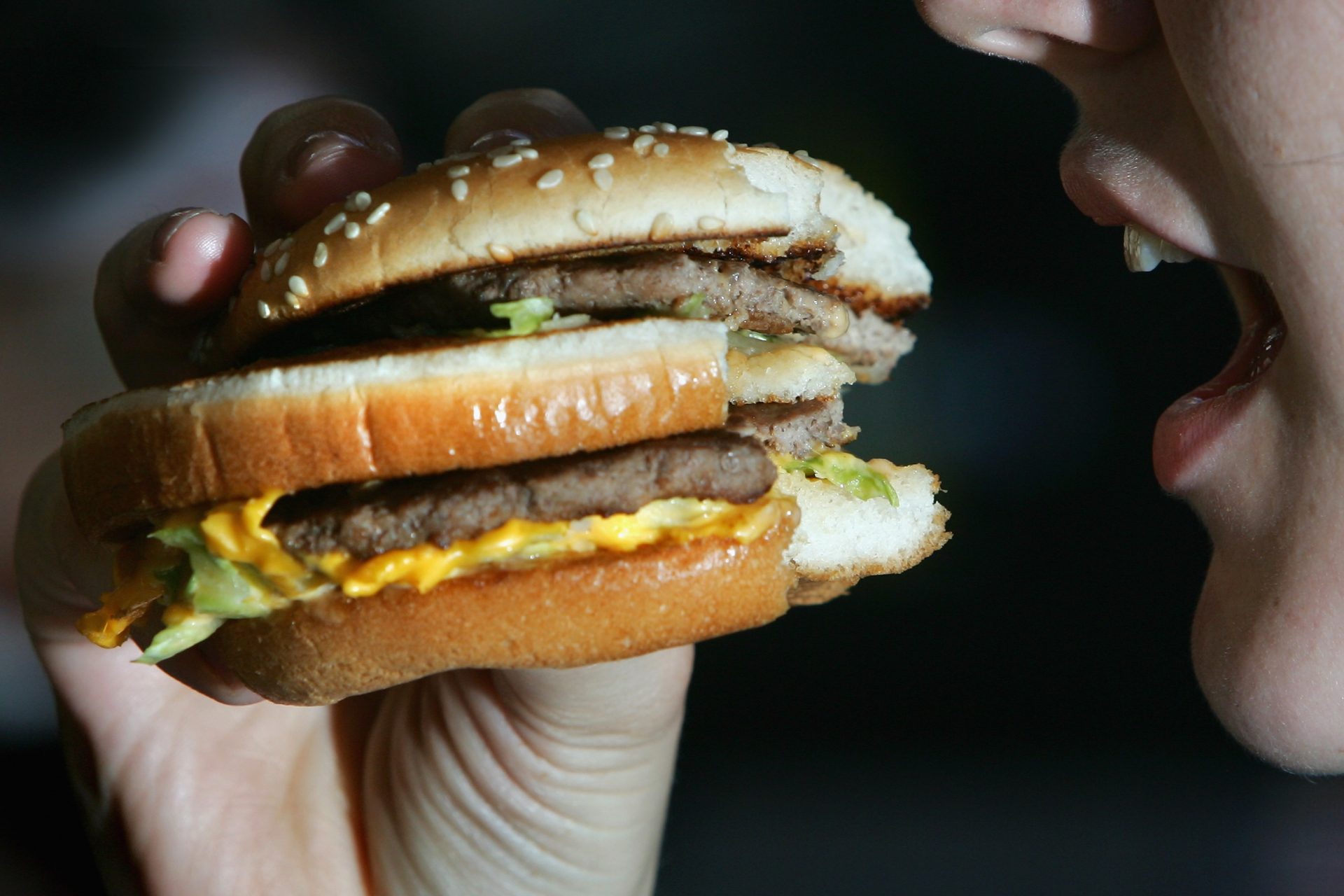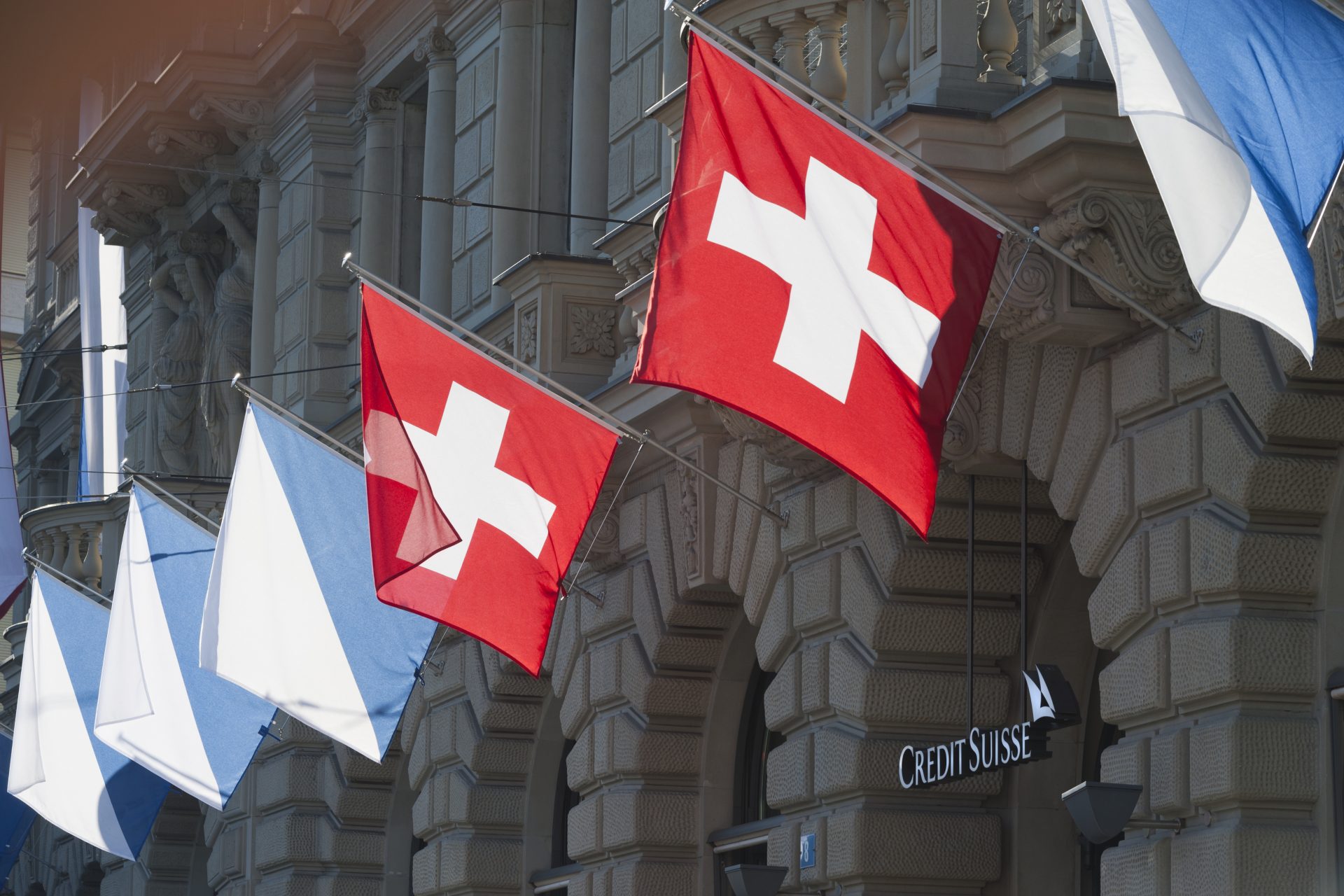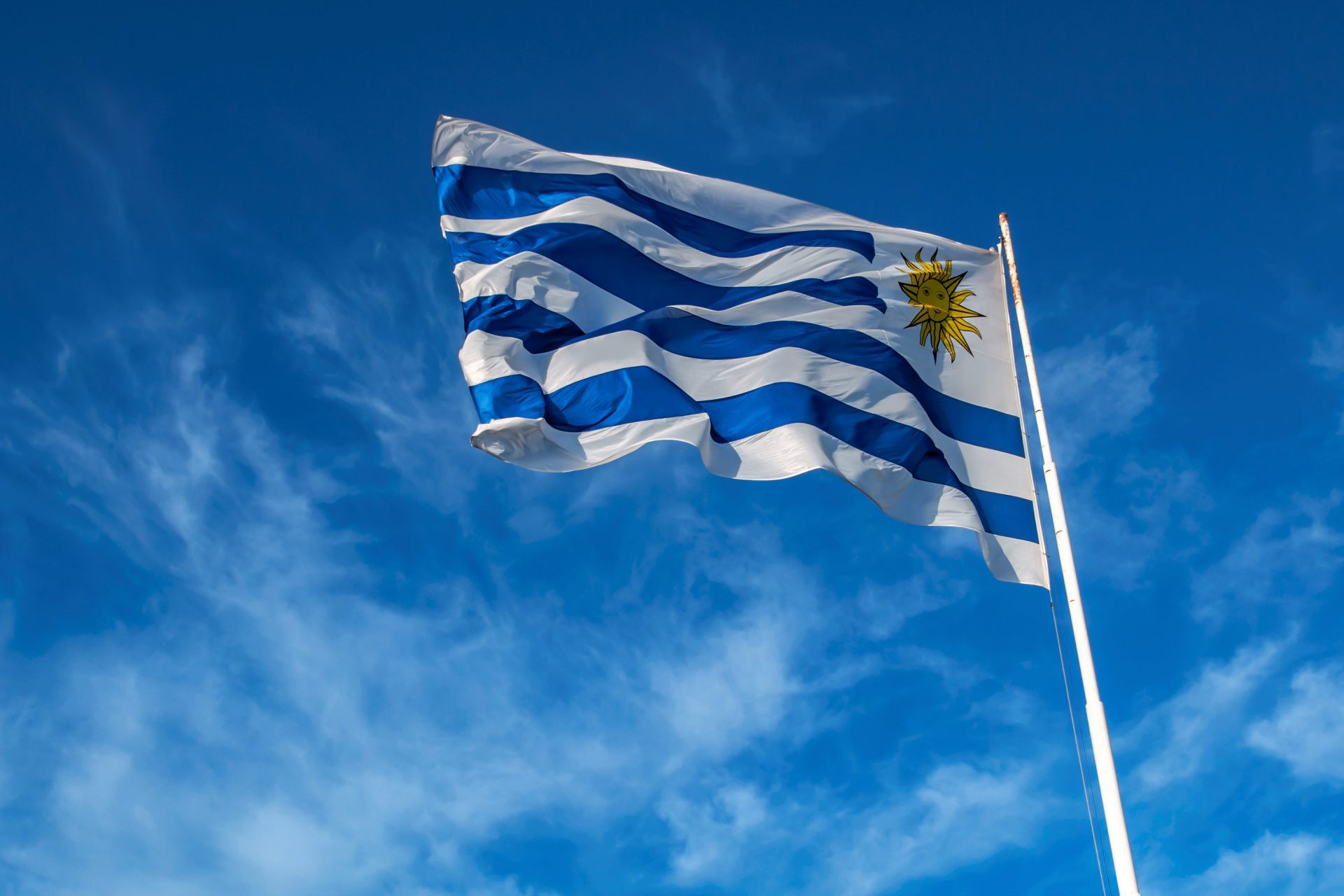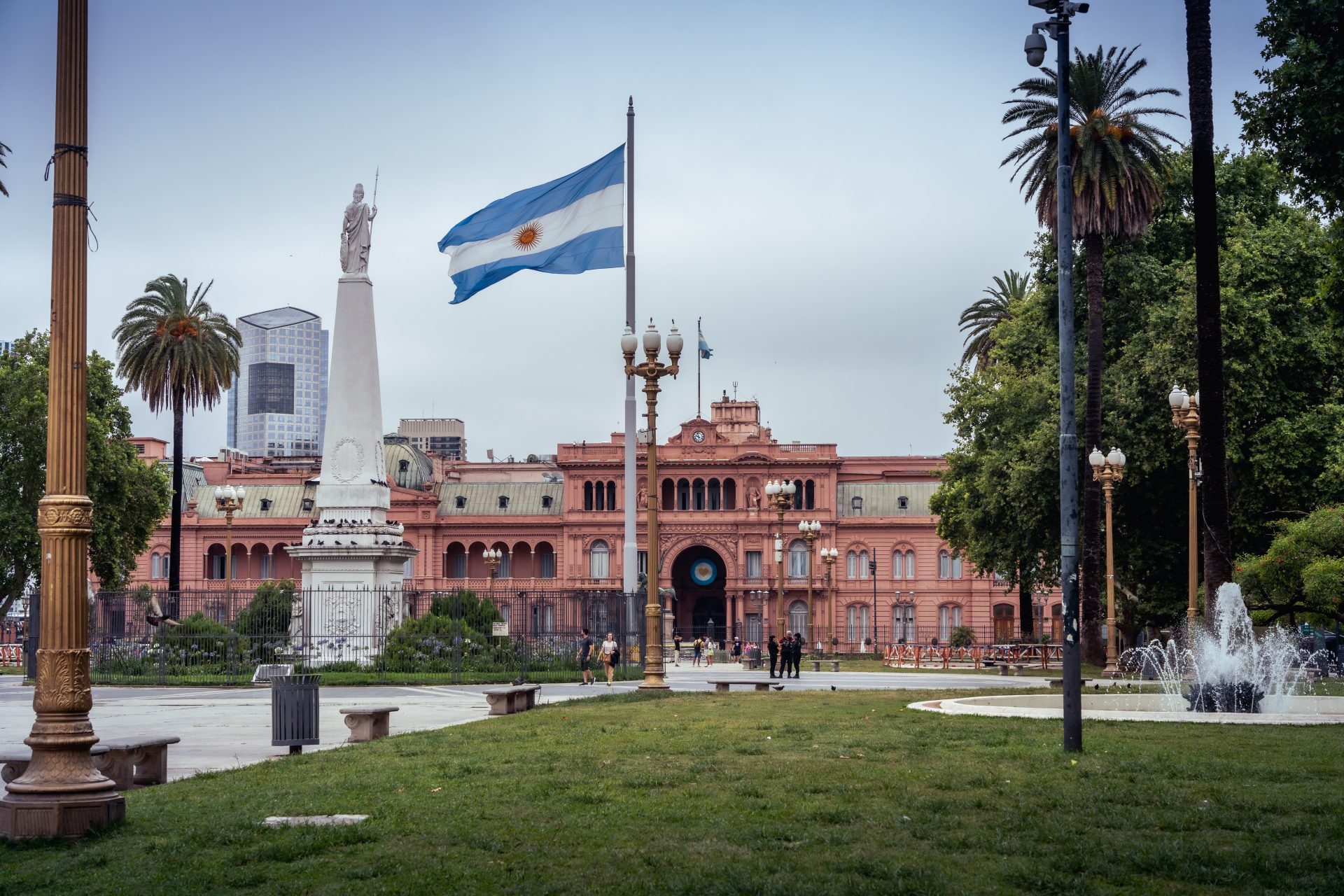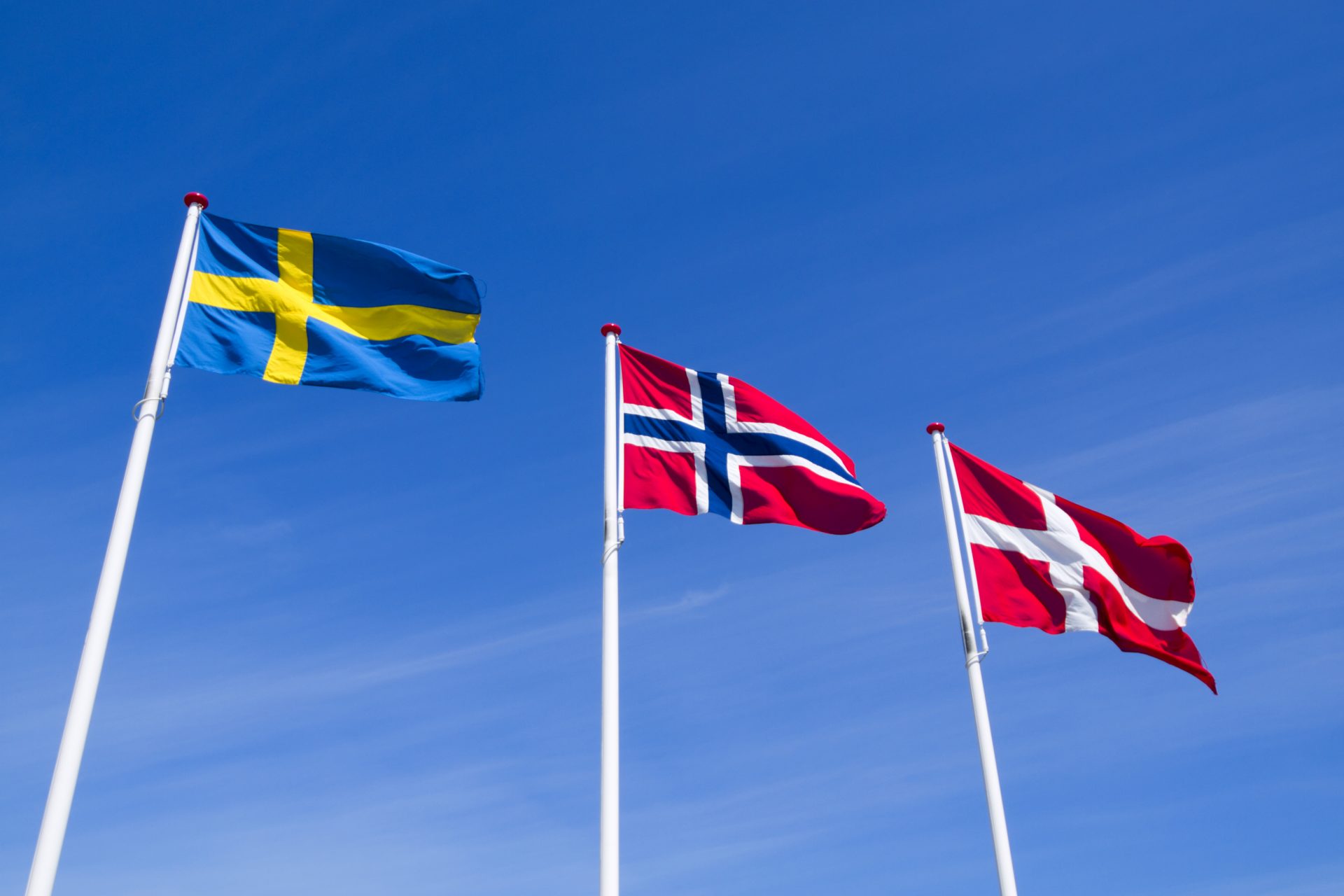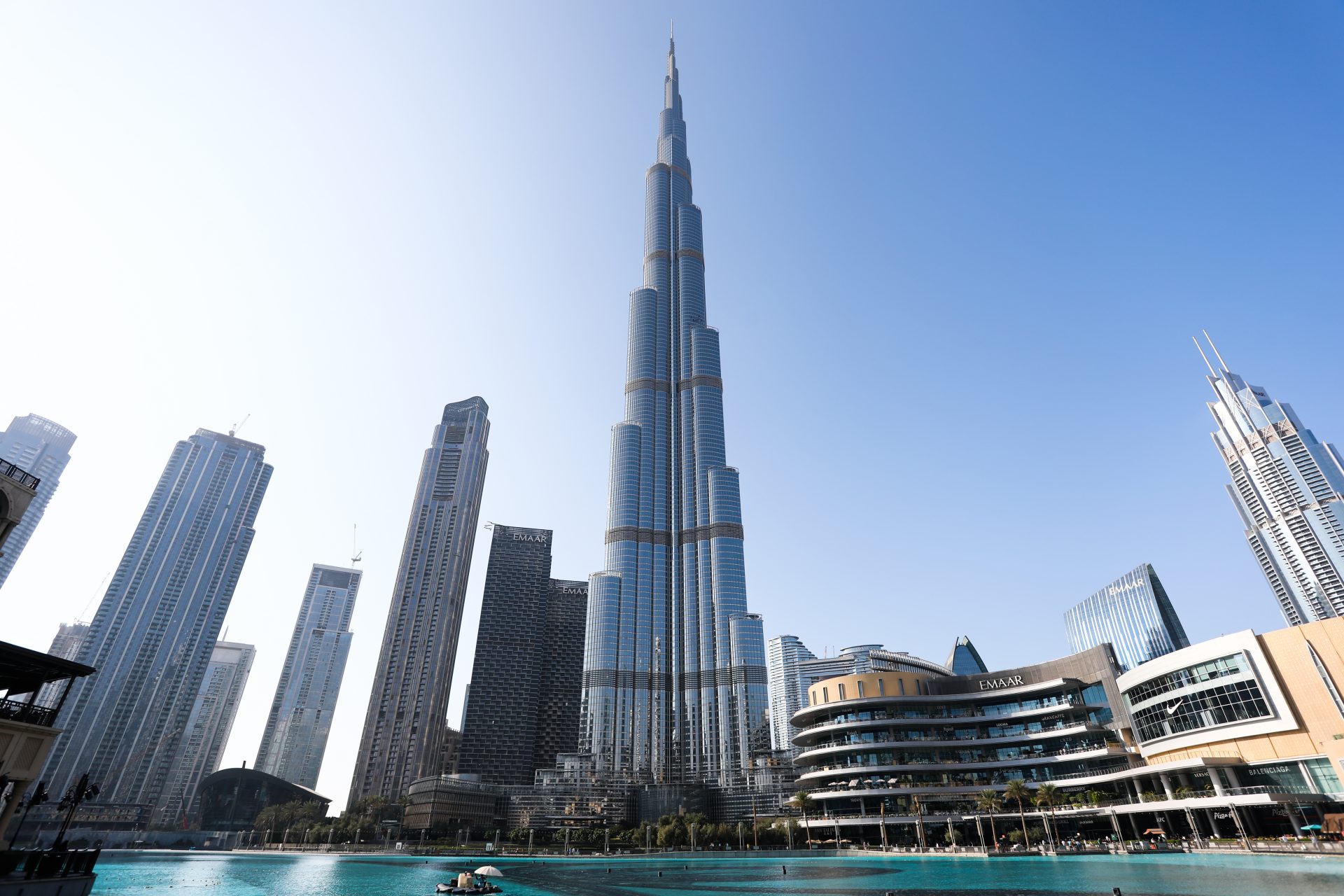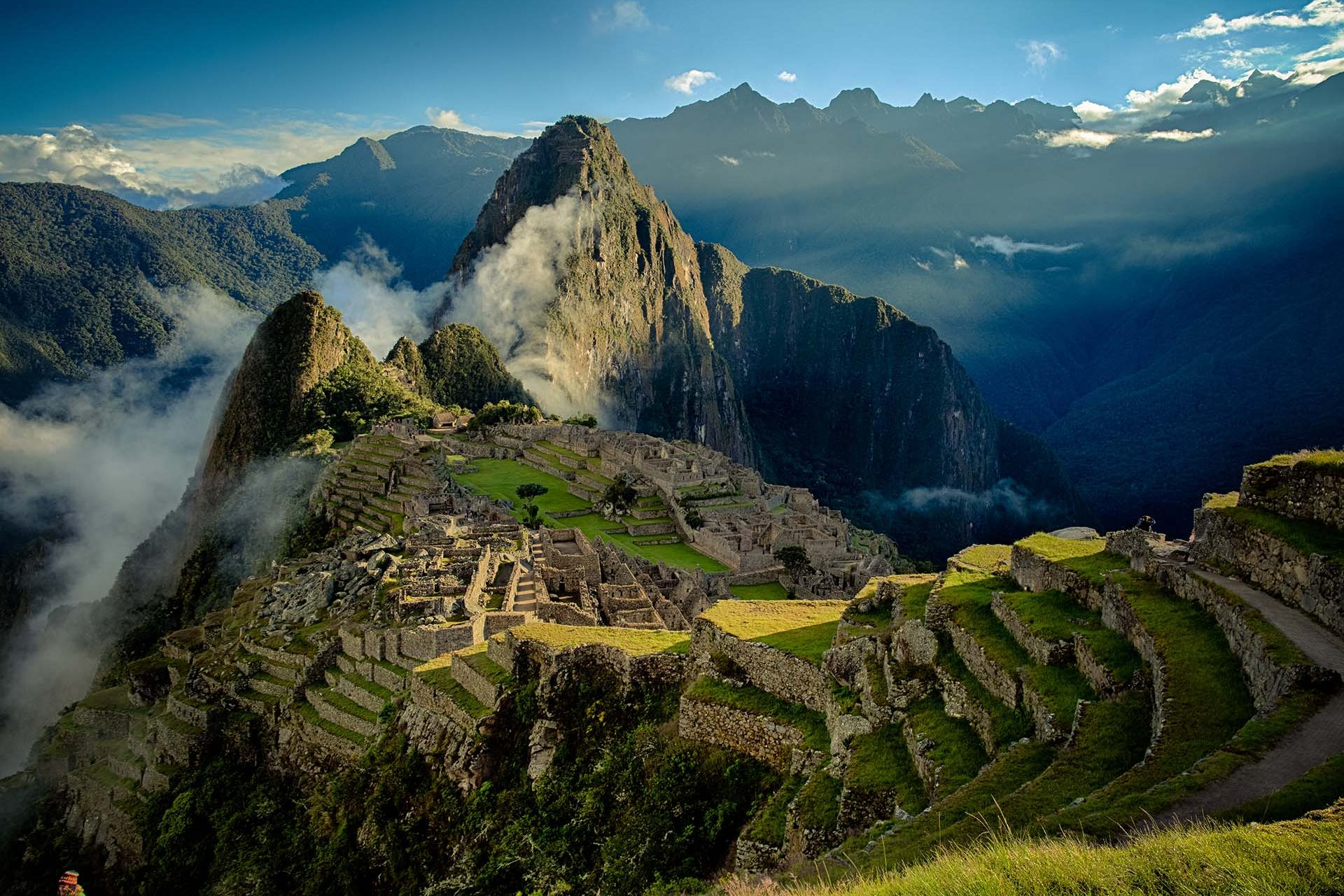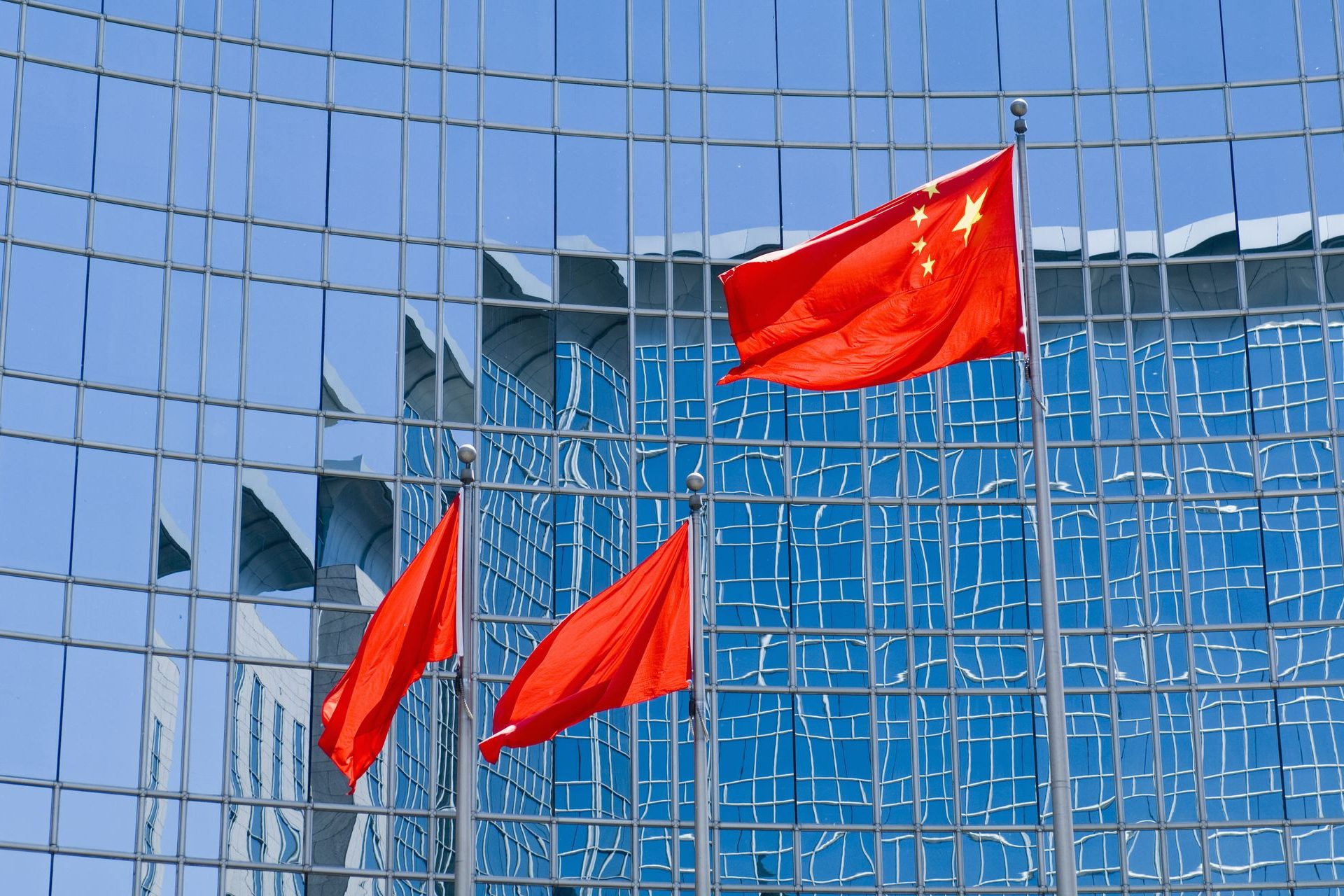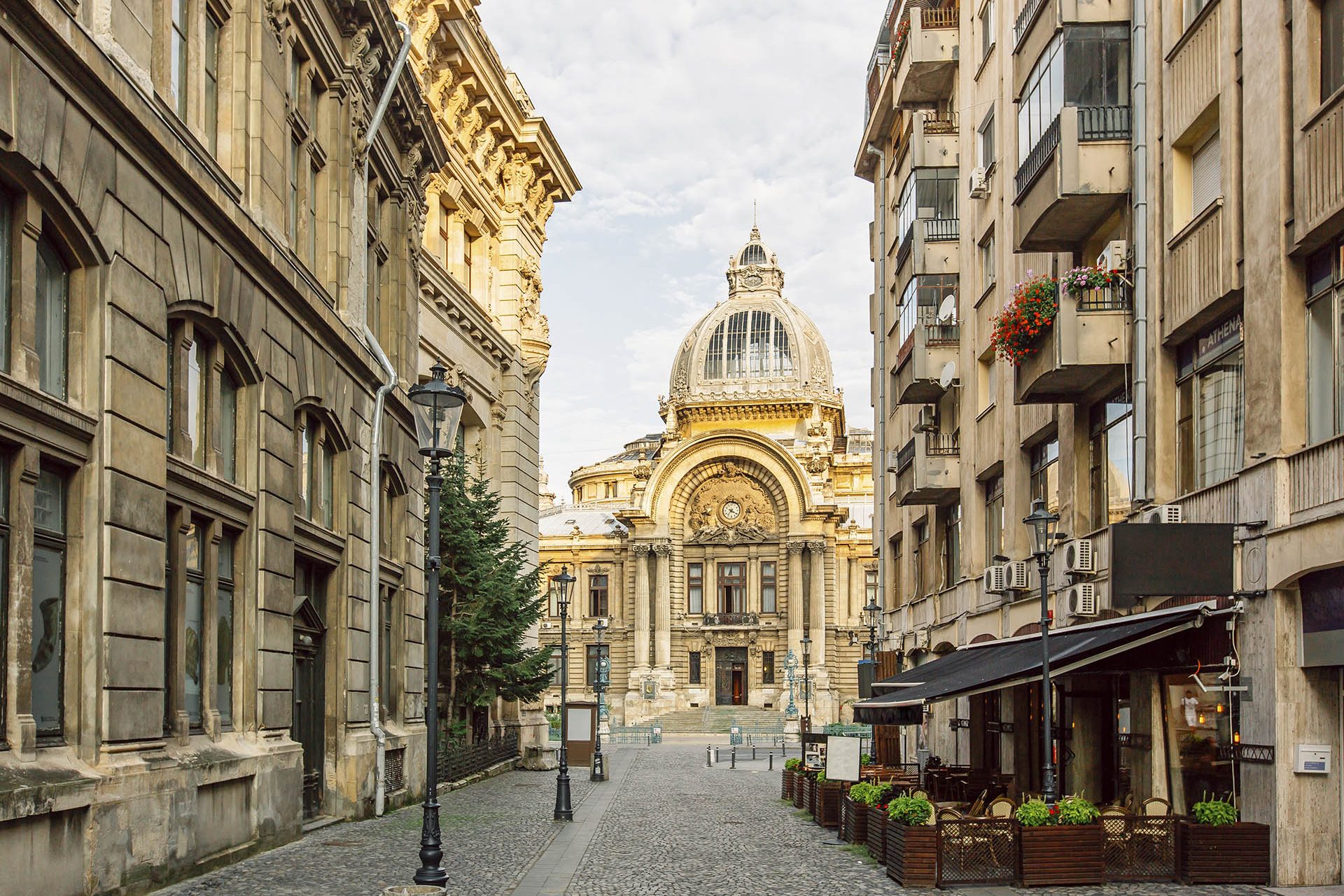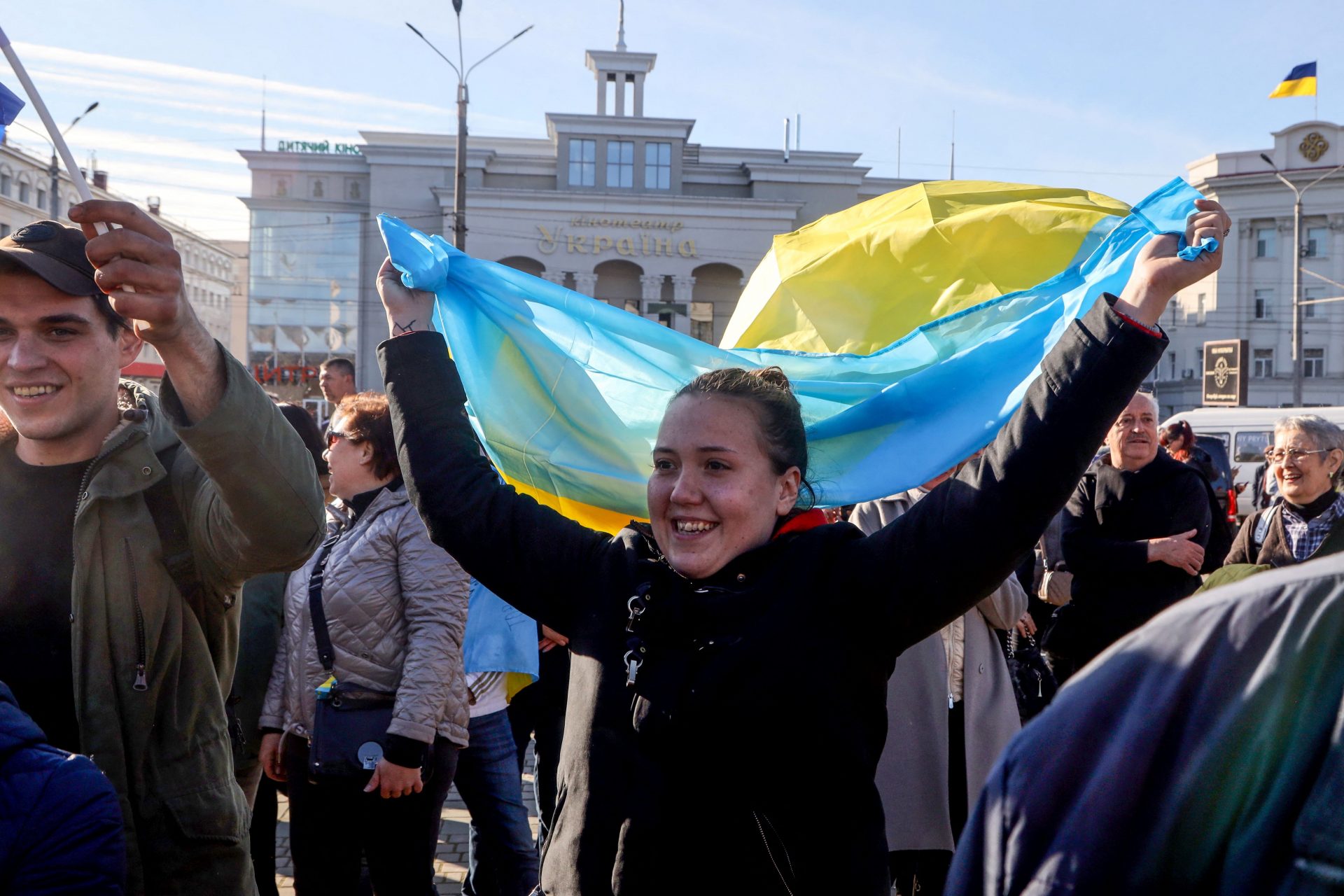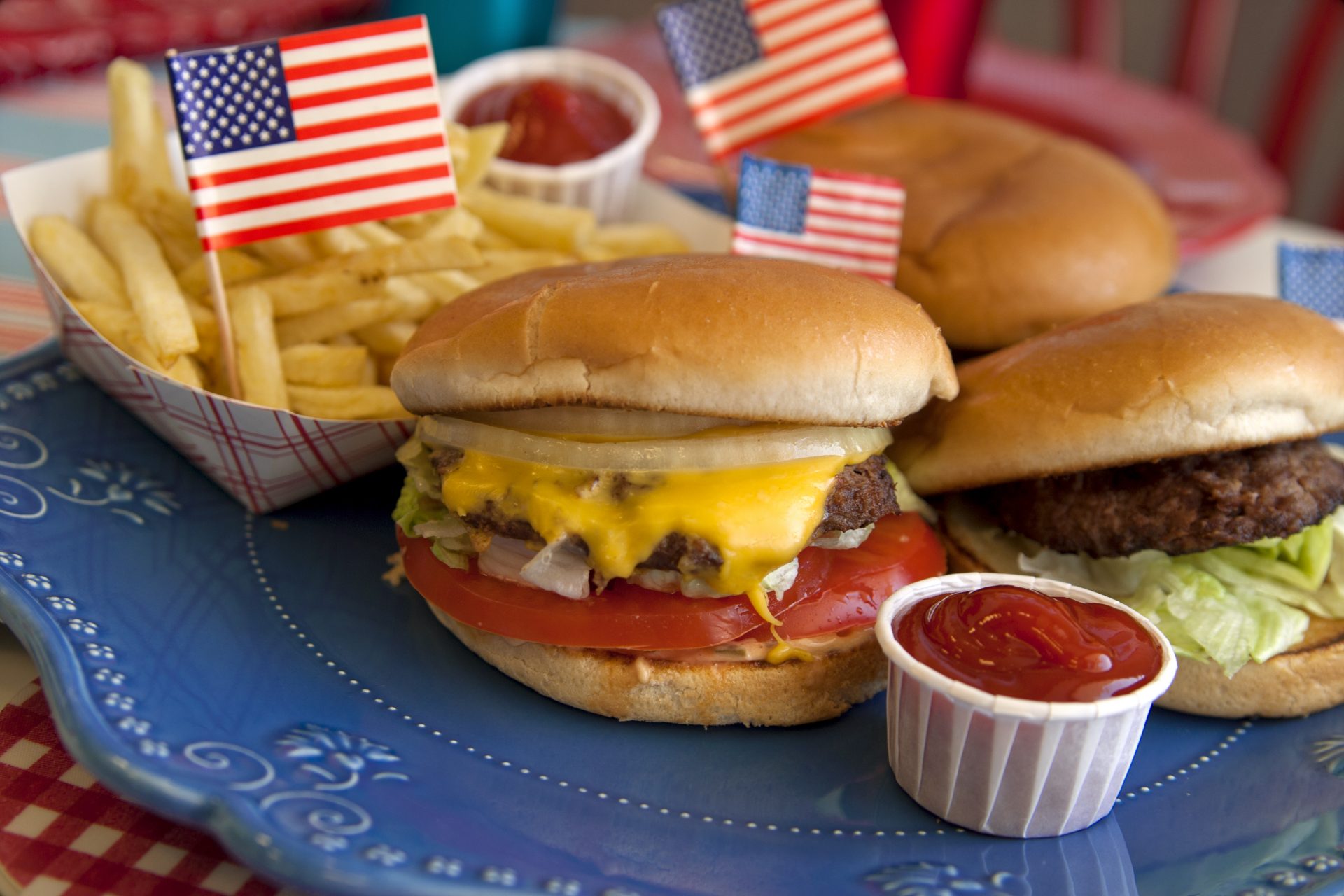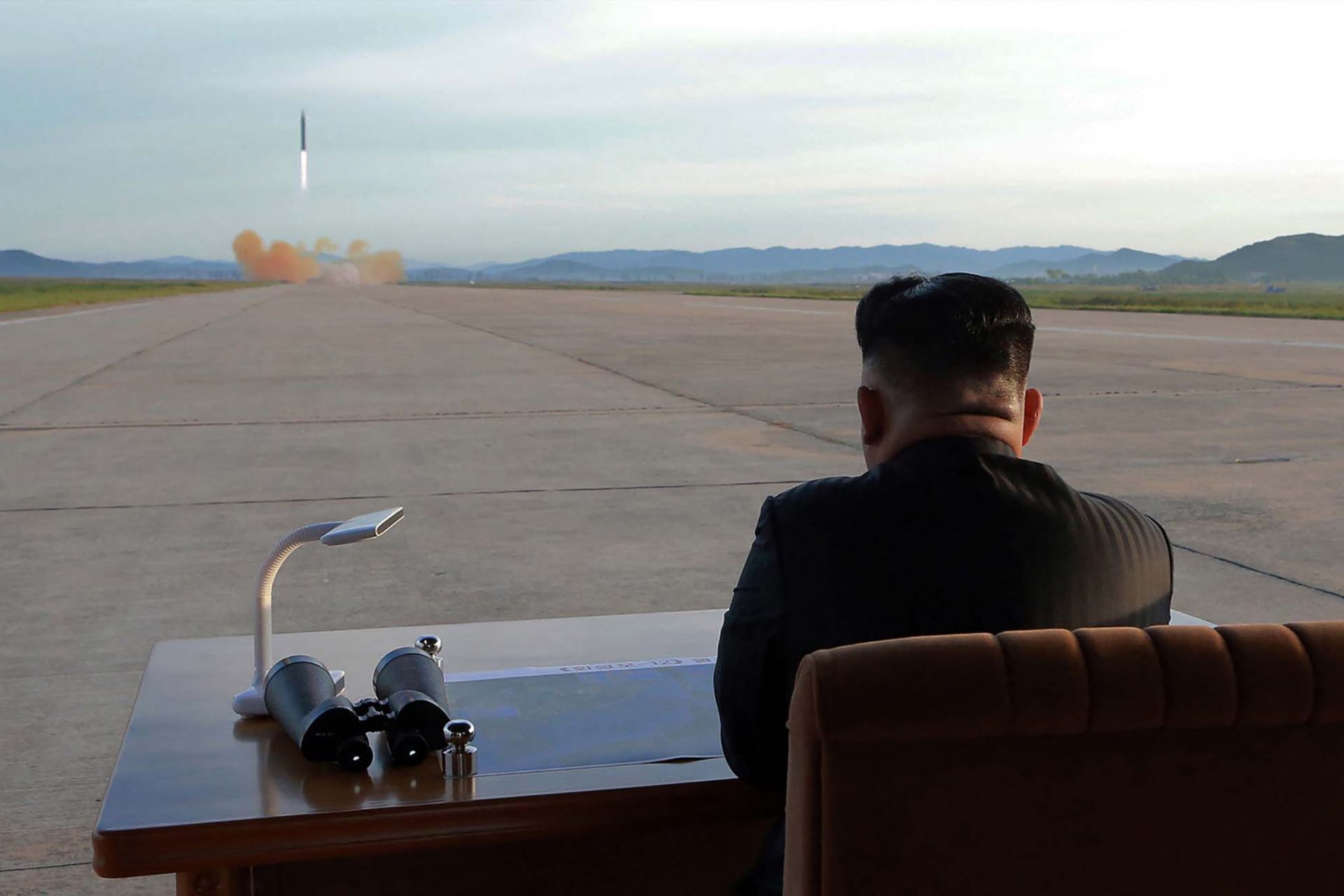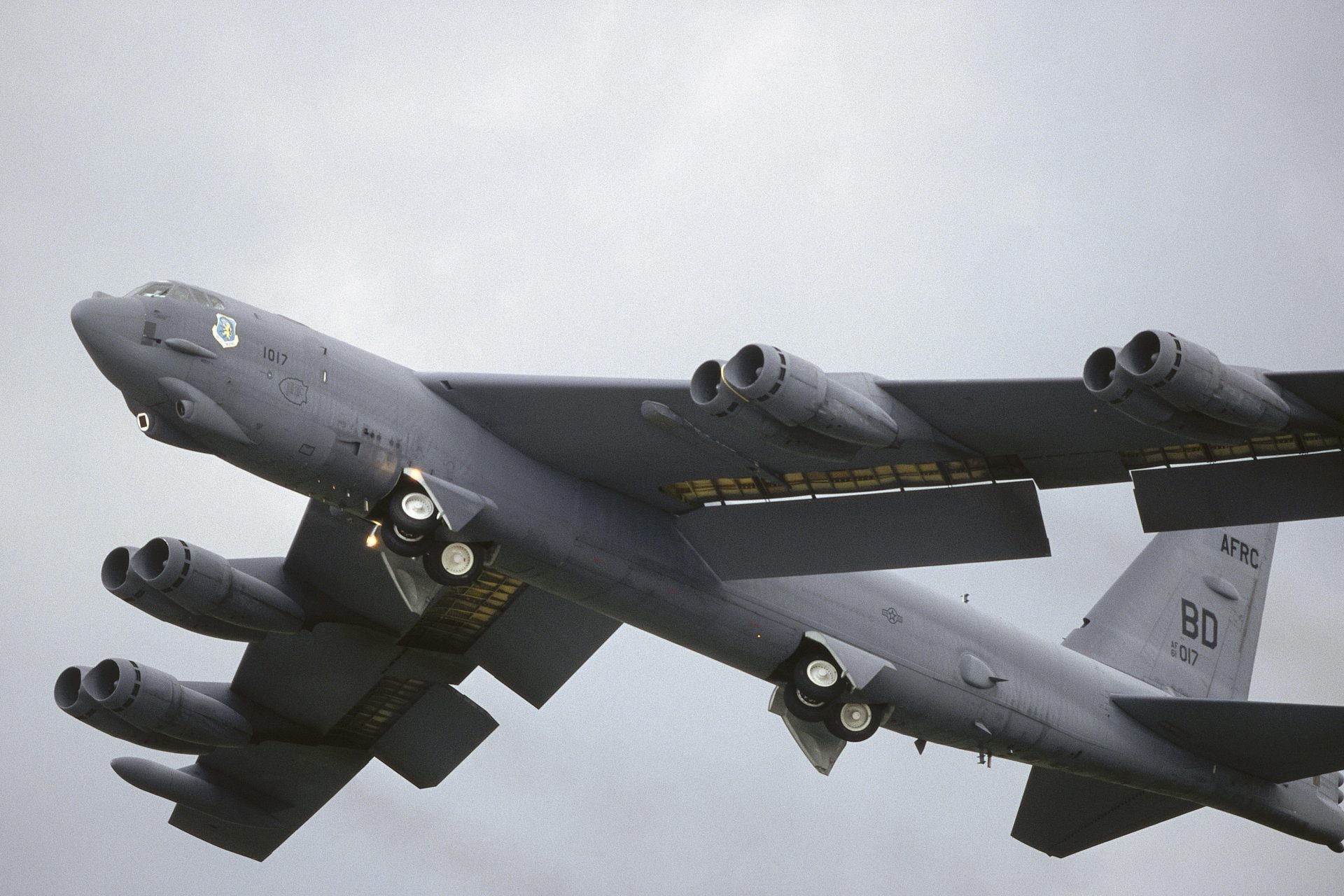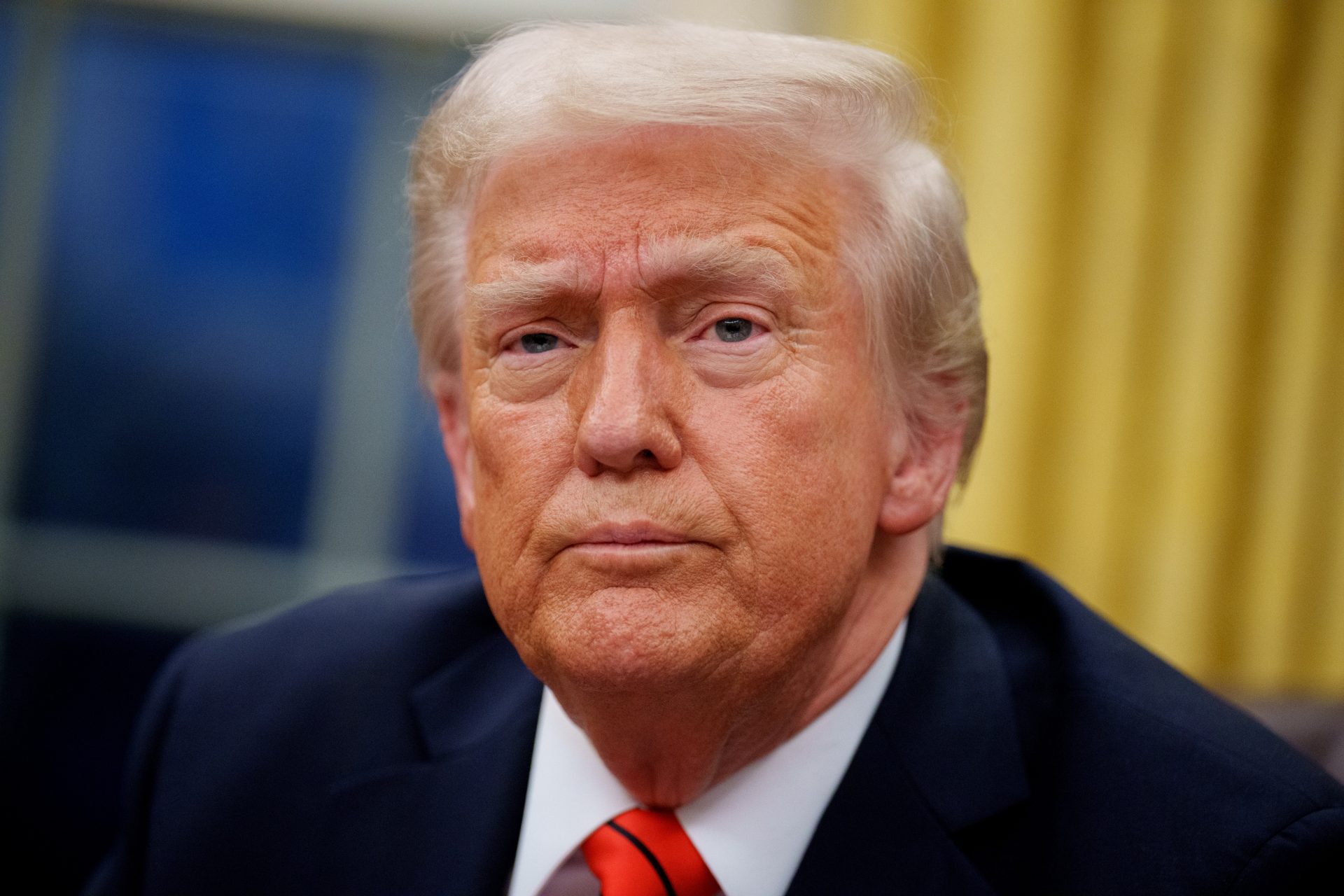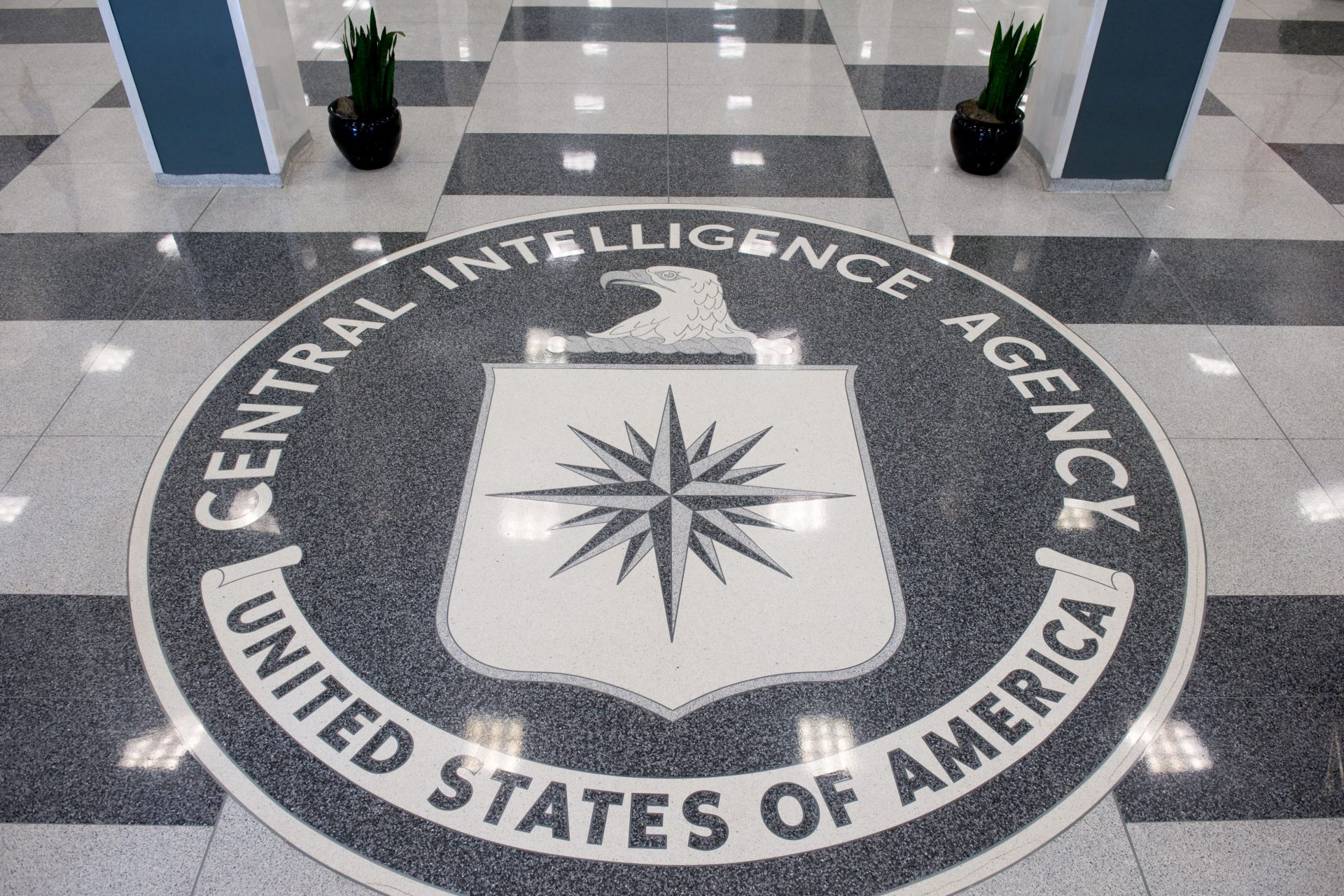The Big Mac index: What it costs to buy a burger around the world
The Big Mac Index, created by The Economist in 1986, is a practical yet insightful economic tool. It uses the price of McDonald's Big Mac as a benchmark to compare currency values worldwide, with the U.S. dollar as the base. By examining the cost differences of this burger in various countries, the index reveals which currencies are under or overvalued relative to the dollar.
When adjusting to GDP per person, this approach says something about purchasing power parity (PPP), offering a straightforward, real-world perspective on global economic disparities. It's a unique method that translates tricky financial data into something more digestible. So let’s see what Big Macs cost around the world, based on data from July 2023 and exchange rates from Nov. 2023 (in headlines).
First, let’s establish the baseline. In the United States, the average Big Mac costs $5.58. If the price sounds a bit steep, it has increased quite a bit in recent years thanks to inflation. In July 2019, the average Big Mac cost $4.71. In the year 2000, they cost $2.24.
The most expensive place in the world to get a Big Mac is Switzerland. The average costs 6.70 Swiss Franks, equivalent to around $7.54. This suggests the Swiss franc is $38.5% overvalued. Even adjusted to GDP, it’s the second most expensive in the world!
Costing 70 Krone, this is the second most expensive Big Mac on Earth, suggesting the krone is 24% overvalued. Adjusted to GDP, it’s also quite expensive since it should only cost 1.4% more than in the US in those terms.
Uru-gonnna-wanna think twice about getting a Big Mac in Uruguay. Costing 259 pesos, it is not only very expensive in real terms, but when adjusted for GDP, it is the single most expensive Big Mac for locals to buy. It should cost 16% less than in the US, but it costs 22.9% more!
According to the Economist, a Big Mac in Argentina costs 1,650 pesos, making it 7.4% more expensive than in the US. However, the country’s currency has devalued rapidly in the months following and inflation has soared, so it is hard to say where it sits at the moment. However, due to the economic crisis, it is one of the worst-valued burgers on a GDP-adjusted basis.
Buying a burger in the Euro currency is generally a bit more expensive than in the United States, although prices do vary per country. On a GDP-adjusted basis, it suggests that the Euro is 15.5% overvalued, while on a real basis, the overvaluation is a smaller 4.3%.
Rounding off the countries where a Big Mac costs more in than in the US are two more Scandinavian nations — Sweden and Denmark. However, on a GDP-adjusted basis, it’s more affordable for locals to get a McDonald’s burger in Denmark than in Sweden, according to the Index.
A Big Mac costs £4.19 in the UK, making it 3.4% cheaper than in the United States. However, on a GDP-per-capita-adjusted basis, it is 4.5% more expensive for locals to buy.
In Mexico, the average Big Mac costs around 89 pesos, making it slightly cheaper than in the United States. However, on a GDP-adjusted basis, it’s quite a bit more expensive for locals, around 15.2% so.
In Canada, the average Big Mac costs CAD$7.05. That makes it around 4% cheaper than in the US, according to the Economist exchange rates, but just a hair more expensive on a GDP-adjusted basis.
In the UAE, a Big Mac costs around 18 dirhams — significantly cheaper than in the US. While the UAE, the home to Dubai and Abu Dhabi, is known for its wealth and money, that deal becomes slightly less favorable on a GDP-adjusted basis, though still 7.6% cheaper than in the US.
In Australia, a Big Mac costs A$7.45, but considering the exchange rate, that makes a burger around 10% cheaper than in America (also a hair cheaper than in neighboring New Zealand). Even on a GDP-adjusted basis, it’s a better deal down under.
While Singapore is another wealthy country, its Big Macs are around 13% cheaper than in the United States, costing s$6.45. On a GDP-adjusted basis, it’s even more affordable for locals — taking around 18% less of a hit on the average person’s wallet.
Besides in Argentina and Uruguay, it’s usually affordable to buy a Big Mac in South America. In Peru, the average burger will run you 14.90 soles, which is around 26% cheaper than if you were buying the same thing in the US. Even on a GDP-adjusted basis, it’s a better deal.
In 2018, it emerged that the Big Mac was the favorite McDonald’s burger in China. In 2023, it’s not a bad idea to buy one there, as it costs 25 yuan — around 37% cheaper than in the US. On a GDP basis, it’s quite affordable as well and has become even more so since Jan. 2022.
While it may be more advisable to try the local cuisine, if you want a Big Mac in Turkey, it will cost around 95 lira, around 37% cheaper than in the US. On a GDP-adjusted basis, it’s still a good deal — around 23% cheaper. Interestingly, a Big Mac in Turkey cost 44.1% more than in the US in July 2013, a testimony to the country’s currency fluctuations and inflation in recent years.
If you’re looking for a Big Mac in Europe, this is your best deal. Costing 14.50 lei, it’s around 42% cheaper than in the United States. On a GDP-adjusted basis, it’s around 33% cheaper too.
Japan may have a reputation for being a bit pricey as a travel destination, but not when you look at the cost of a Big Mac. Costing 450 Japanese yen, it’s around 43.2% cheaper than in the Big Mac motherland. In 2011, however, Big Macs were slightly pricier in Japan than in the US, but the price has been going down ever since (or have the US prices just been going up...?)
Coming in at around 47% less than in the US, is a Big Mac bought in Hong Kong. Wow! That also makes it the second-best deal in terms of purchasing power since Hong Kong’s GDP per capita is quite high.
A Big Mac costs 105 hryvnias in Ukraine, making around almost half the price as in the United States. Despite the war, burgers are relatively affordable and available — unlike in rival nation Russia, where McDonald’s pulled out in May 2022 due to its invasion of Ukraine.
In South Africa, a Big Mac will run you 49.9 rand, which makes it way cheaper than in the United States and suggests the local currency is significantly undervalued. On a GDP-adjusted basis, it is still a steal of a deal, around 39% cheaper than in the US.
Ok, this one is a little different because, in the nation where cows are sacred, the Big Mac contains chicken instead of beef. To buy one of these adaptations, called the Maharaja Mac, costs 209 rupees, around 55% cheaper than in the US.
While 38,000 rupiah may seem like a lot to pay for a burger, it’s actually a great deal compared to the United States. This is the second-best deal in the world and has only been getting better in recent years. Let’s see where it’s the cheapest…
Yes, you guessed it! Taiwan is the single cheapest country on earth to get a Big Mac. Costing only $75 Taiwan New Dollars, it’s around a 57% discount compared to the United States. And on a GDP-adjusted basis, it’s by far the best deal around too!
More for you
Top Stories



